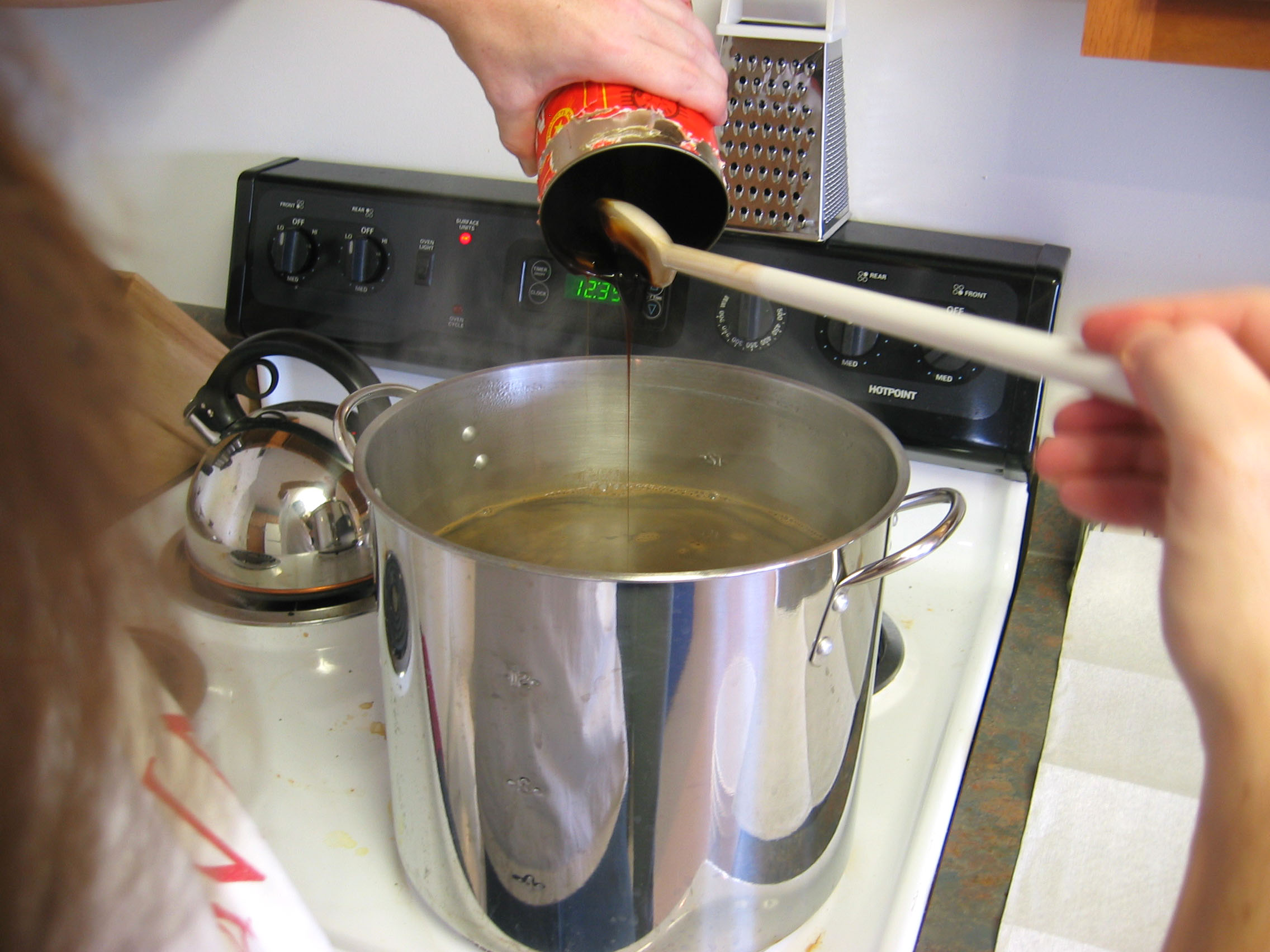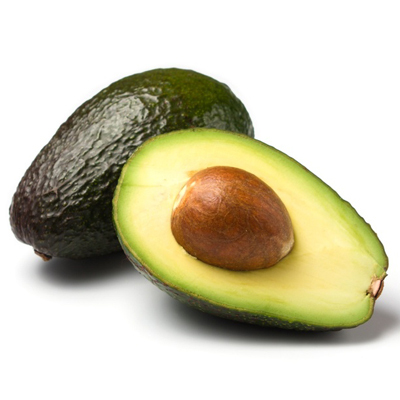Last week I took a very pleasant and informative "Wild Edibles Class" with experienced forager,
Ronit Peskin. We walked through Gan Sacher in Jerusalem and found over a dozen edible plants - fruits, herbs, spices, medicinal plants, and more. I can't wait to tell you about everything I found and what you can do with it! Today I will discuss Purslane - the lemony, crunchy, weed of summer.
First, what did we find in Jerusalem?
Trees: Pine, fig, carob, olive, sumac, dwarf pomegranate, Judas tree/redbud, thorny Hawthorne, yucca
Bushes: capers, wild carrot/Queen Anne's lace (bird's nest), myrtle, rosemary, lavender, wild fennel, black mustard, wild oats, Roses
Low-lying Weeds: plantain (
plantago lagopus), mallow, clover, purslane, prickly asparagus. prickly lettuce
Now, all about
Purslane (Portulaca oleracea)
Also known as: Cat's tongue, pourpier,
ma chi xian - horse tooth amaranth, verdolaga, pigweed, little hogweed, pusley, pussly, perpine, munyeroo, portulaca, garden purslain, rigla, or רגלת
הגינה
Where to find it: Purslane is everywhere! In the city, in the forest...
Maya commented on my
Facebook Page that she used to collect purslane at her family's farm in North-West Pennsylvania. And here in central Israel, where it has been a very hot dry summer, it's still green.
 How to pick:
How to pick: Look for bright green, thick, paddle-shaped, waxy leaves (like a jade plant), on knobby, fleshy green (or red, pink, or brown) stems, and tiny yellow flowers. Purslane generally hugs the ground and grows in a sprawling spider or web-like shape. The biggest leaves and the thinner stems are best for eating. It can be gathered without any tools, since it lacks thorns or a woody stem.
Poisonous look-alike: At some stages, purslane might be confused with poisonous spurge.

 The weather was perfect, so we took our chances and sat outdoors. (I can't stand cigarette smoke!) We had the most pleasant meal I can ever recall.
The weather was perfect, so we took our chances and sat outdoors. (I can't stand cigarette smoke!) We had the most pleasant meal I can ever recall. 








.JPG)












.jpg)























